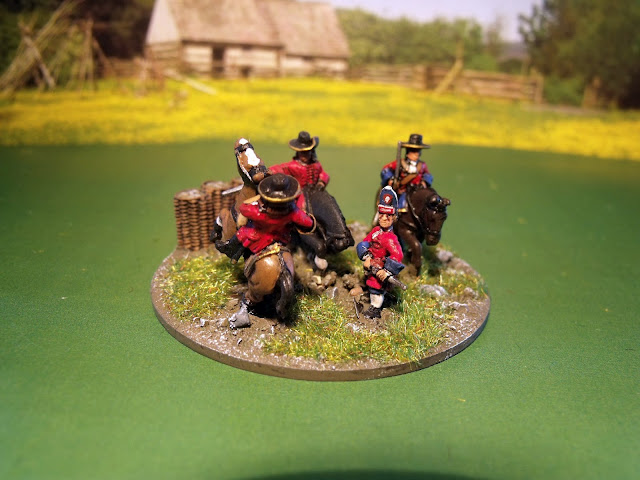Frederick Herman the Duke of Schomberg was born on December 16,1615 in
Heidelberg, Palatinate. He died on July 1st 1690 at the Battle of the Boyne.
He was a soldier of fortune, a marshal of France and an
English peer. Schomberg's father was the Protestant court marshal of Frederick
V. elector Palatine. His Mother was Anne, daughter of the English peer -the 5th
Lord Dudley.
He served under Frederick Henry of Orange in 1633 and under
Bernard of Saxe-Weimar during the 30 years war from 1634-1637 in the campaigns
on the Upper Rhine. He went to Holland again for service in 1639. In 1650 he
served for Cardinal Mazarin in the cri sis of the Frond-He served at the battle
of Rethel on Dec. 15,1650. Schomberg became marechal de camp on Oct.28,1652 and
fought for Turenne against the Spaniards and the Prince de Conde.
In 1660 he organized a Portuguese army against Spain.
He place Dom Pedro in power during a palace revolution and returned to the
French army in 1668 having become naturalized as a Frenchman. Schombeg went to
England in 1673 to aid Chales II in the forma tion of an army for an invasion
of Holland but then returned to the French army to be on hand with Louis XIV at
the siege and capture of Maastrict (June 1673). When Turenne died in 1675 he
became one of 8 Marshals of France.
When the Edict of Nantes was revoked in 1685 Shomberg,
a protestant , left France.He was taken in by Frederick William of Brandenburn,
"the Great Elector". In 1688 he was lent together with a Prussian
force to William of Orange. He went to England and was naturalized as English
in April 1689 and was made Duke of Schomberg in May (also made the baron of
Teyes, Earl of Brentford and Marquess of Harwich). He was the Commander in Chief of the Williamite forces against James' Jacobite forces from August 1689, he was killed at the Battle of the Boyne leading his troops forward into action east of Oldbridge.
Meinhardt
Schomberg had a very colourful military
career pre to the war in Ireland, he joined his father in the service of the
Portuguese Army in the 1660’s and served as a lieutenant-colonel and then as a
colonel. He then joined French service
and attained the rank of brigadier and, afterwards, Maréchal de Camp. He fought under Marshal François de Créquy at
the Battle of Kochersburg in October 1677, the Battle of Freiburg im Breisgau
in 14 November 1677, at the Battle of Rheinfelden in July 1678 and at the
Battle of Kinzing later that month, before serving under Frederick William,
Elector of Brandenburg as a general of cavalry.
He then travelled to England in Spring 1689 and was made
colonel of Lord Cavendish's Regiment of Horse on 10 April 1690, and
commissioned a general of the horse on 19 April 1690.
He was created Duke of Leinster for his part in the
Battle on 30 June 1690 and, after taking part in the abortive Siege of Limerick
in August 1690, he became a British subject through naturalization by Act of Parliament
on 25 April 1691. From May 1691 he was also made Commander-in-Chief of the
Forces during the King's travels in Flanders. In Spring 1693 Schomberg was placed in command
of the abortive descent on Saint-Malo and in October 1693 he inherited the
title of Duke of Schomberg following the death of his younger brother Charles
Schomberg at the Battle of Marsaglia.


























































